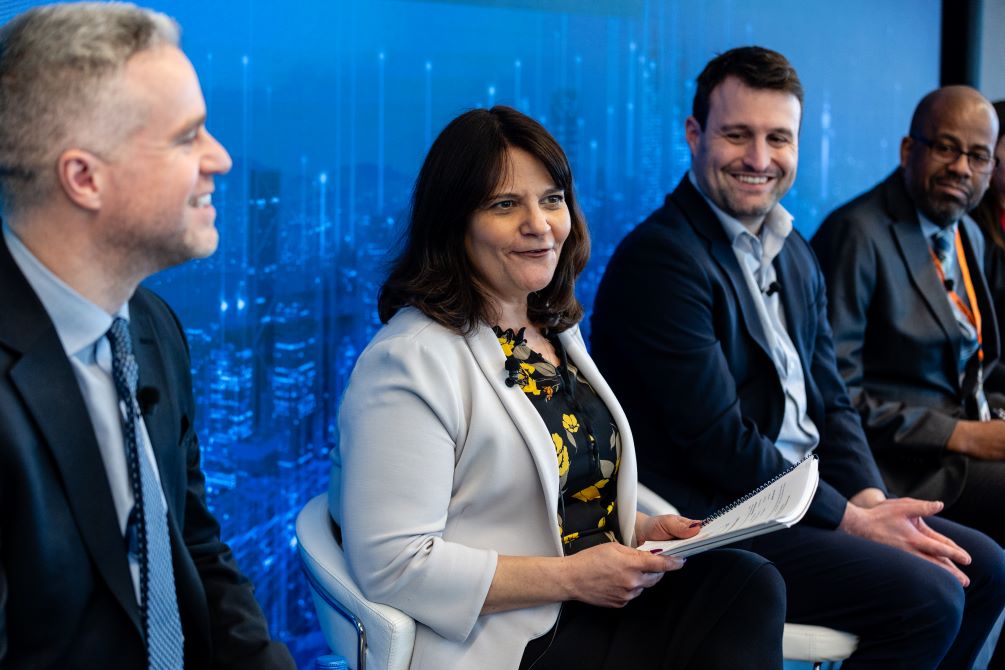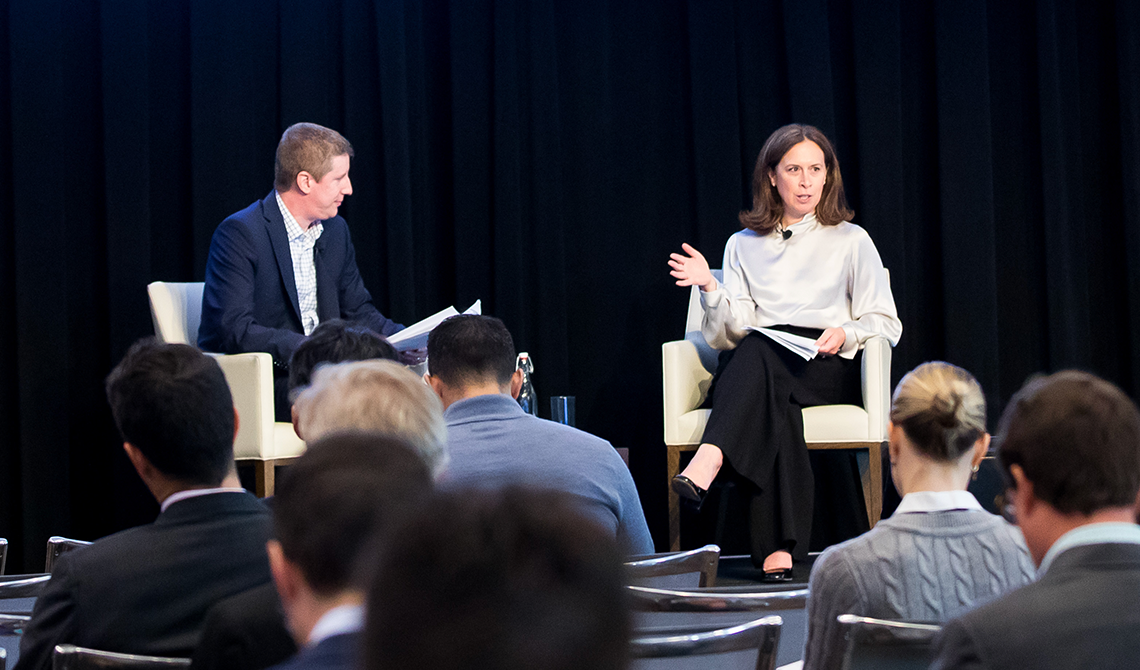Building a better world
A leader in the global energy transition
There is a critical need to build a more robust global energy system by the middle of the century. We believe that Sempra is well positioned to take a leadership role in the energy transition by investing in new infrastructure that is needed to help create the net-zero energy systems of tomorrow.
Our role in the energy transition
Over the next 30 years, energy systems will need to change dramatically to meet local, regional and global climate goals. A successful energy transition will require industry leadership, technological advancements that are economically and technically feasible, and broad coordination and support from every level of government and among industry participants.
Our proactive business strategy aims to support the energy transition through investment in infrastructure that serves and decarbonizes three critical sectors of the economy: industrial, transportation and power generation.
“As energy systems around the world evolve, we are determined to be a positive force for change. Instead of focusing on doing less harm, we are creating a corporate culture that is relentlessly focused on how we can do more good.”
Jeffrey Martin, Chairman & CEO
Sustainability: the center of our business
For more than two decades, the Sempra family of companies has been on a path to decarbonize our business operations and help decarbonize the markets we serve. In 2021, Sempra announced its aim to have net-zero greenhouse gas (GHG) emissions by 2050. Accomplishing this aspiration is intended to aid in limiting global warming. Innovation and new technologies will be central to achieving our net-zero aspiration and we intend to invest in three capabilities that we expect will be needed: decarbonization, diversification and digitalization, referred to as our “3Ds.” We believe that developing and promoting new capabilities across these 3Ds will help drive our environmental, social and governance (ESG) initiatives to support long-term, sustainable value for our shareholders and other stakeholders, while helping to advance a better future for all.
Reducing carbon intensity and lowering greenhouse gas emissions of energy is central to decarbonizing the industrial, transportation and power generation sectors. Over time, the electrons and molecules delivered to customers will need to become less carbon intensive.
Bringing new lower- to zero-carbon energy choices to markets is a central part of the global solution, coupled with expansion of distributed networks and storage to improve grid resiliency.
Integrating real-time information and cutting-edge analytics, artificial intelligence and technologies to benefit network operators and support improved operational efficiency, safety and service to consumers.








